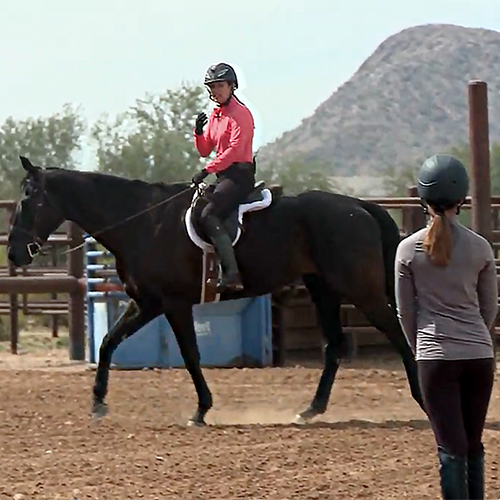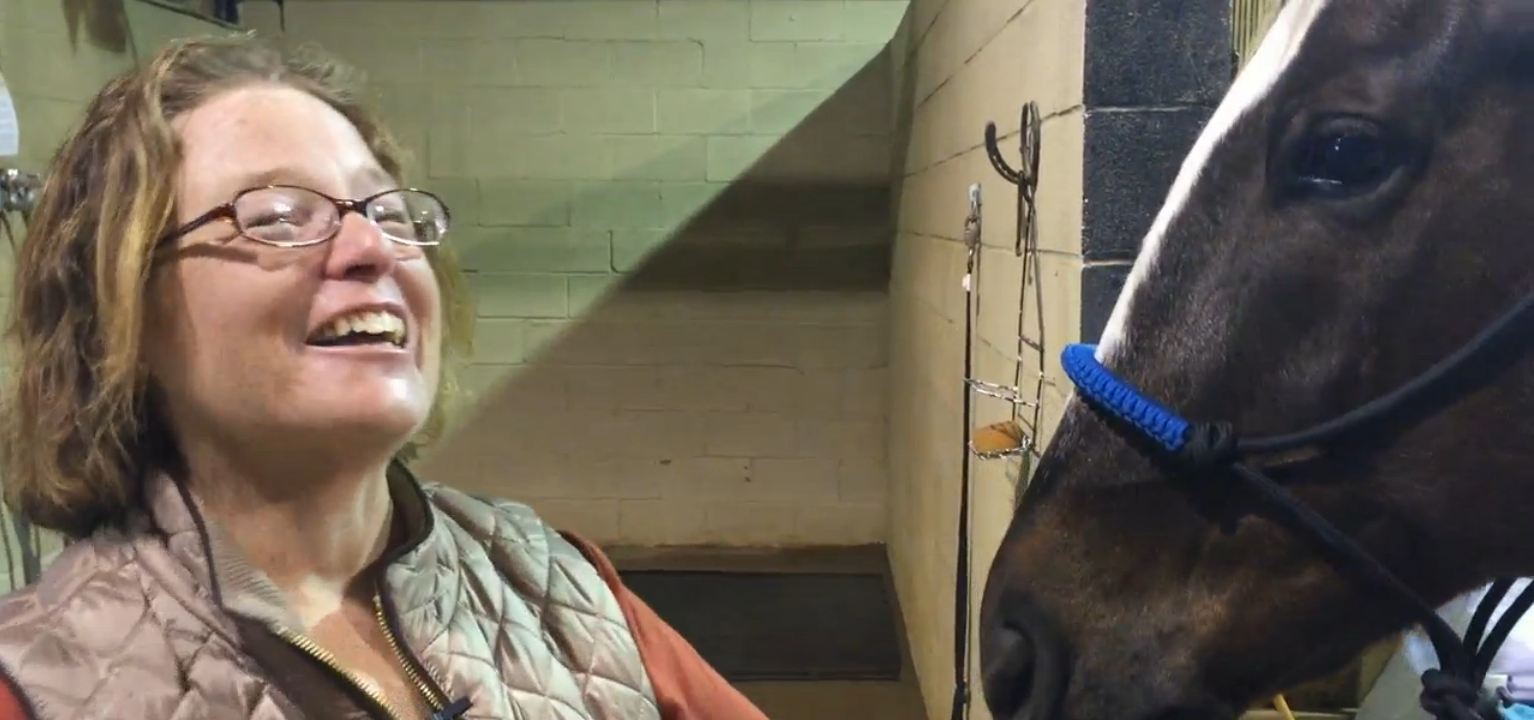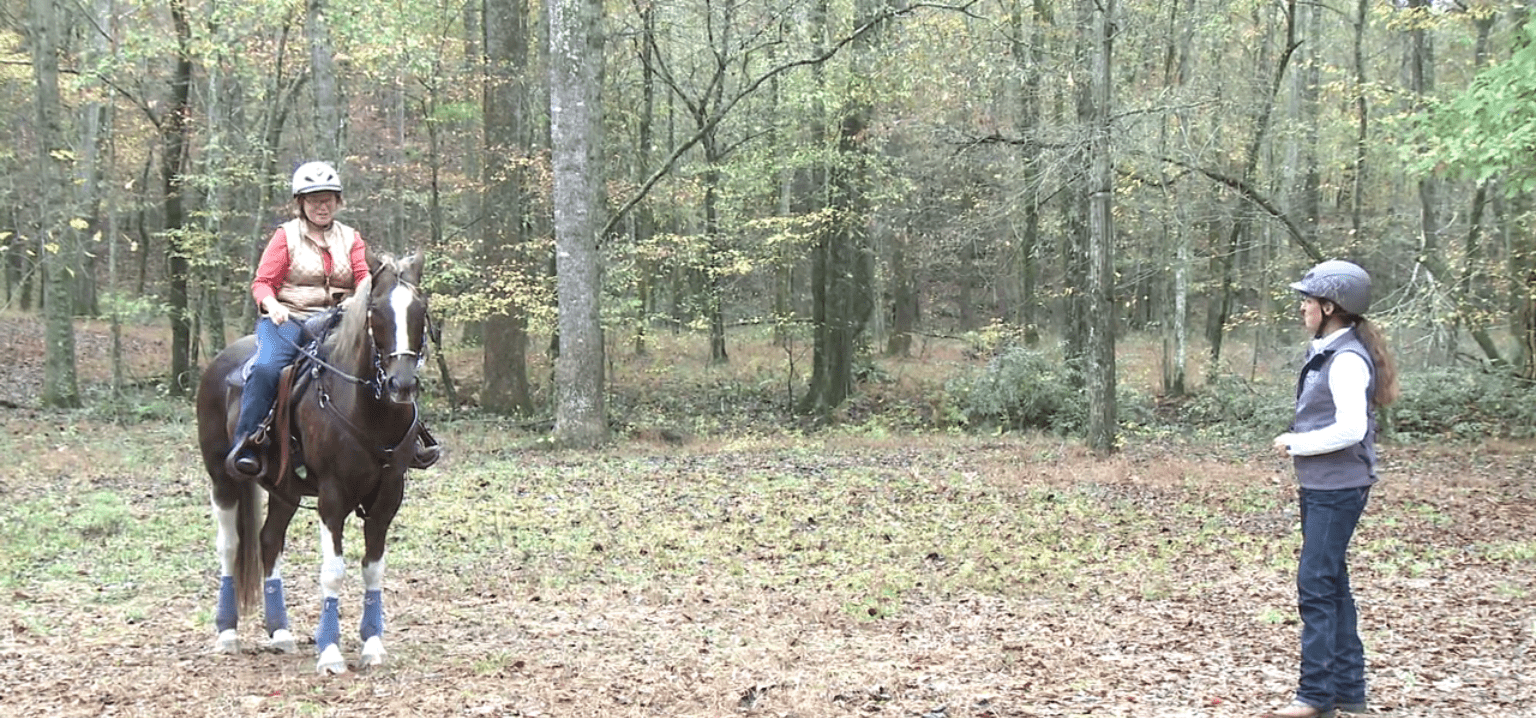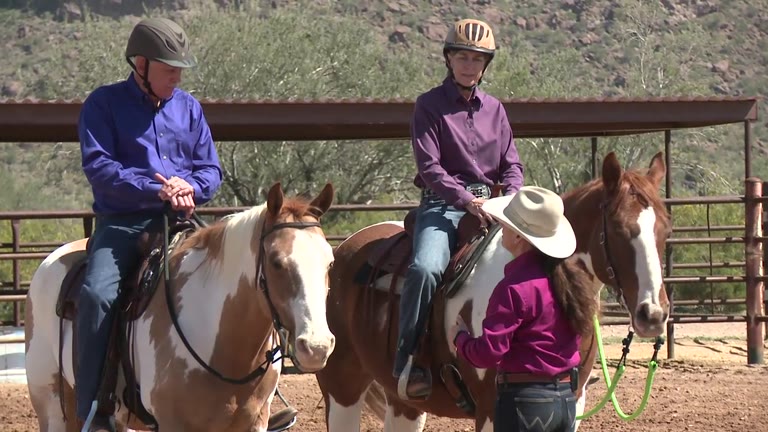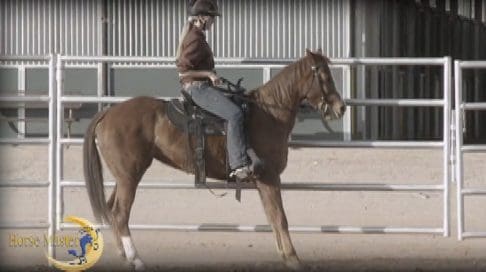Riding Skills: Training Advanced Maneuvers For Cowhorse
…to stop with voice—seat—reins, in a 1-2-3 second interval. My goal is that I never have to pull on the reins to make him stop hard—if I do, he braces on his front end and hollows out, making it impossible to get his hocks underneath him.
But before…

